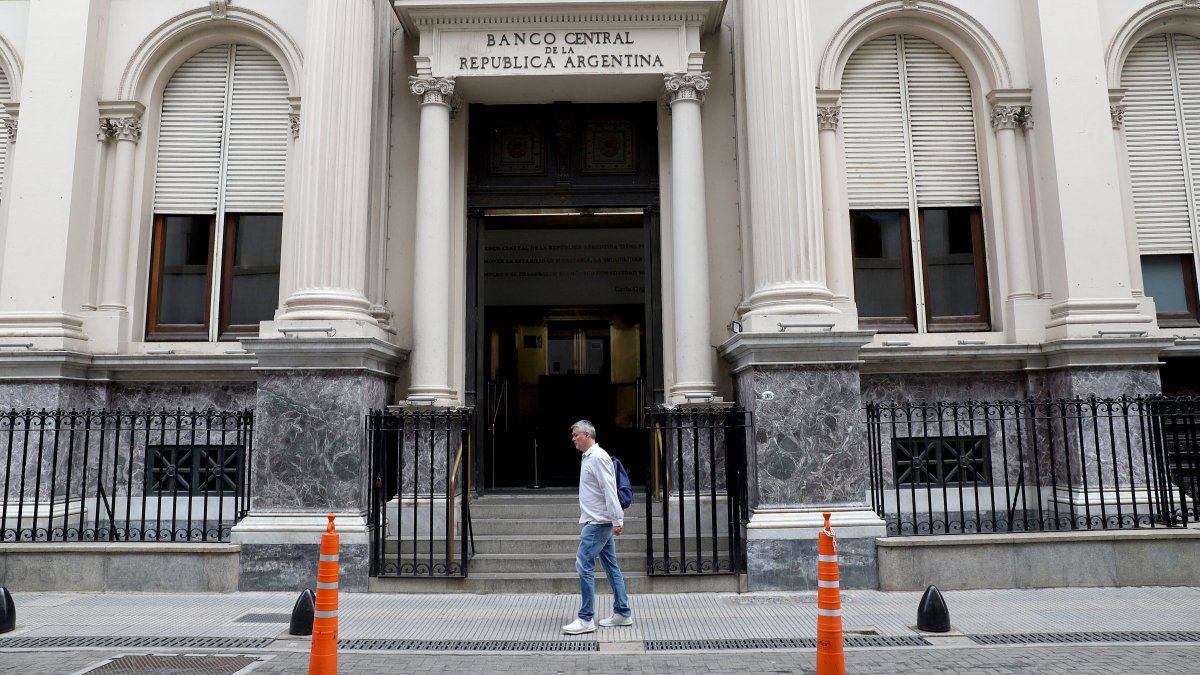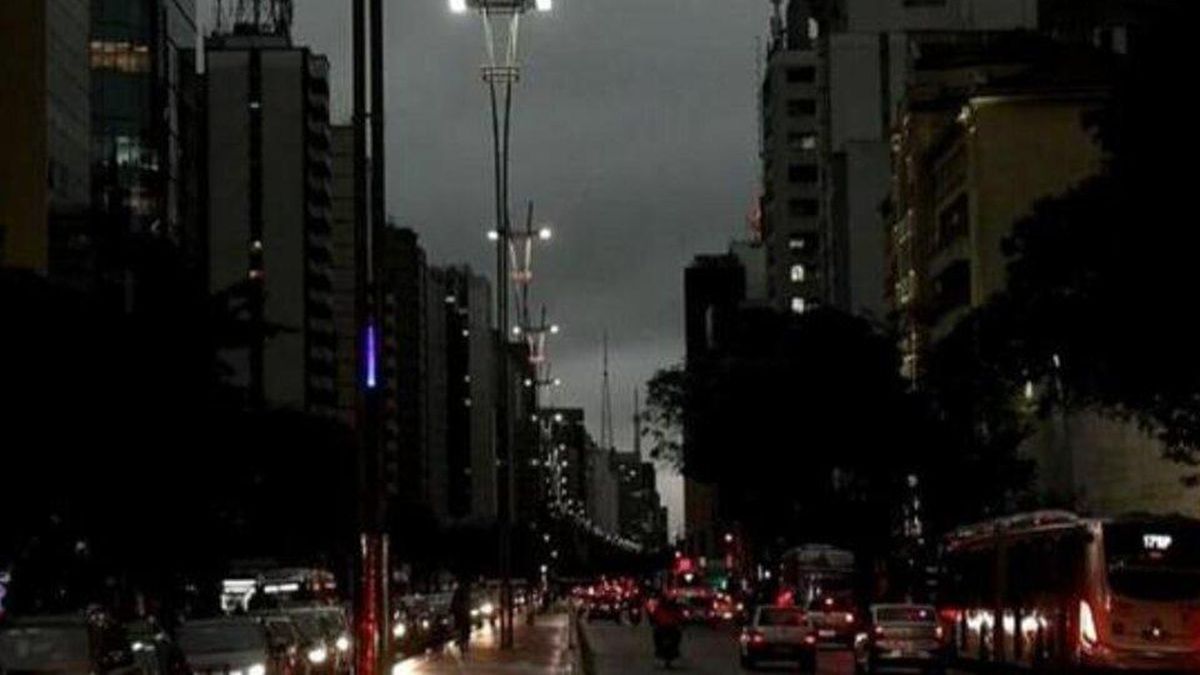The Central Bank managed to significantly reduce the stock of puts in banks’ portfolios in the buyback operation that it launched this week to reduce that ball of “contingent debt” which could force it to issue up to $17 billion in the event of a market shock. Financial institutions agreed to cancel 78% of insurance on public securities that they had in their possession.
In this operation, which was open during the sessions on Wednesday and Thursday (it concluded this afternoon), the BCRA reported that he accepted all offers from rescission of liquidity options on national public securities (the puts) that the banks had presented for a total value of $13.17 billion.
Of that total, the monetary authority specified that $10.89 trillion corresponds to “American options” (i.e. those that can be executed immediately at any time) and $2.28 trillion to “European options” (which can only be executed during the 30 days prior to the expiration of the insured title). The first were the ones that most worried the economic team.
“The remaining amount of immediate execution options was reduced to 22% of the original total amount,” the BCRA said in a statement. This means that American puts worth $3.07 trillion insured are still in the hands of bankswhich are still within reach of issuance and therefore may force the Central Bank to issue money to buy securities from banks.
The entity that presides Santiago Bausili indicated that the put rescission operation This meant that the BCRA paid financial institutions $90 billionsince the offer to repurchase the liquidity options involved the payment of the premiums that the banks had to pay at the time to obtain the insurance, updated for inflation.
“This operation contributes significantly to reducing uncertainty regarding monetary programming by eliminating one of the elements with the greatest emission potential that existed in the financial system, without direct control of the BCRA,” the entity celebrated.
The Central Bank added in its statement that “this solution was only possible thanks to joint work between the BCRA and the participating financial institutions, which prioritized the normalization of the functioning of the financial system and the elimination of instruments with disruptive potential on macroeconomic variables.”
In the market they highlight that the result is positive, taking into account that The Central’s offer did not include a major incentive. In fact, during today’s press conference, the entity added a signal reduction of the interest rate on active repos(an instrument that in recent years was practically in disuse) from 60% nominal annual to 48%. Since the entities will lose liquidity by being left with uninsured public securities, the BCRA will now lend them pesos at one or seven days at a lower cost in case they need liquidity.
“The BCRA has taken an additional step in the process of cleaning up its balance sheet, regaining control over the management of monetary policy, and reinforcing its commitment to eliminating sources of emissions that could adversely affect the process of financial stability and disinflation that has already begun,” the entity concluded.
What are puts?
Puts are liquidity options that the Central Bank sold to financial institutions so that they would agree to lend to the Treasury and imply a Commitment to repurchase the insured securities by the monetary authority when the banks decide to sell them. There are two ways. Most of these insurances offer the possibility of executing the contract at any time.. A smaller portion of the puts can only be exercised one month before the maturity of the insured bond.
This type of instruments began to be placed last year, when the management of Alberto Fernandez encouraged banks to participate in the tenders of the Ministry of Finance. However, They were also used in large quantities by the government of Javier Milei during the first few months, as part of the initial strategy to encourage financial institutions to migrate their holdings of remunerated liabilities from the BCRA to Treasury debt.
The problem is that that mass of liabilities which the Central Bank had removed from its balance sheet and transferred to the Treasury, Being covered with puts, it constituted a latent debt for the entity chaired by Santiago Bausili since, ultimately, it could be forced to respond with monetary issuance in the event that a change in market mood unleashed a wave of massive execution of contracts. An example of this was given a few days ago, when Banco Macro made use of its put option to the BCRA for $2 billion. A decision that unleashed the wrath of the President.
Since the securities in question were backed by the BCRA, they did not count towards the Treasury financing limit that financial institutions have by law. To pave the way for the repurchase, the Central Bank ordered this week that these securities will continue not to count towards this limit even after the put is rescinded. Thus, in fact, the securities Banks will increase their exposure to “Treasury risk”.
Milei mentioned recently that ending the puts was one of the necessary steps to dismantle the exchange rate trapalthough it later added other conditions (such as the fact that inflation and the rate of devaluation converge around 0%) in a sequence that seemed to once again postpone the prospects of the promised opening of exchange controls and added uncertainty to the market.
However, various voices raise objections to the fact that this operation has such a direct relationship with the possibility of improving the conditions for leaving the currency controls without currency shocks. And they argue that, beyond the fact that they are not covered by puts, the securities have as a counterpart the deposits of savers, which are ultimately those that could potentially put pressure on the dollar.
Source: Ambito




